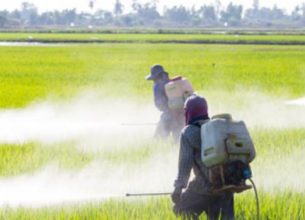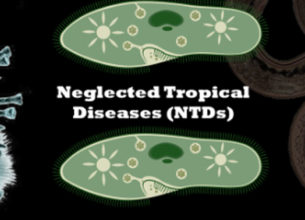EDUCATION OF MOTHERS DIRECTLY LINKED TO BETTER NUTRITION FOR CHILDREN
14, Oct 2019

Prelims level : Indices & Reports, Health, Hunger & Poverty
Mains level : GS-II- Issues relating to development and management of Social Sector/Services relating to Health, Education, Human Resources; Poverty and Hunger.
Why in News?
- The first pan India survey (a part Comprehensive National Nutrition Survey) on nutrition levels among children conducted by the Health and Family Welfare Ministry shows a direct correlation between mothers’ education and the wellbeing of children.
About the Survey:
- The Comprehensive National Nutrition Survey was jointly conducted by the Ministry of Health and Family Welfare (MoHFW) along with UNICEF to assess the nutritional status of more than 115,000 children and adolescents (Aged 0-19 Yr) in all States of India.
- The Comprehensive National Nutrition Survey studied 1.2 lakh children between 2016 and 2018 and measured food consumption, anthropometric data, micronutrient levels, anaemia, iron deficiency and markers of noncommunicable diseases.
- These were charted against population characteristics such as religion, caste, place of residence and the mothers’ levels of schooling.
Core Indicators :
- The three core indicators of nutrition deficiency among infants and young children taken into consideration are:
1.Diet diversity
2.Meal frequency
3.Minimum acceptable diet
Major Findings of the Report:
- Data from the study show that with higher levels of schooling in a mother, children received better diets.
- Diet diversity
- Only 11.4% of the children of mothers with no schooling received adequately diverse meals, while 31.8% whose mothers finished Class XII received diverse meals.
- Moreover, 7.2% of the children whose mother is educated consumed iron rich food, whereas this was at 10.3% for those children whose mother is uneducated.
- The proportion of children aged two to four consuming dairy products, eggs and other fruits and vegetables increased with the mothers’ education level and household wealth status.
- Minimum Acceptable Diet:
- The study found 3.9% of the children whose mothers had zero schooling got minimum acceptable diets, whereas this was at 9.6% for those whose mothers finished schooling.
- Levels of stunting, wasting and low weight were higher in children whose mothers received no schooling as opposed to those who studied till Class XII.
| Prevalence among Children of Educated Mothers ( Atleast till class XII) | Prevalence among children of Uneducated mothers | |
|---|---|---|
| Level of Stunting | 5.90% | 19.30% |
| Level of Wasting | 5.10% | 14.80% |
| Level of Underweight | 4.30% | 5.70% |
- Level of Anaemia: Anaemia saw a much higher prevalence of 44.1% among children up to four years old with mothers who never went to school, versus 34.6% among those who completed their schooling.
Flip Side:
- But on the flip side, a higher level of education among mothers meant that their children received meals less frequently, perhaps because the chances of the women being employed and travelling long distances to work went up.
- Such children were also at a higher risk of diabetes and high cholesterol as relative prosperity could lead to a higher consumption of sugary drinks and foods high in cholesterol.
- Children in the age group of 10 to 19 showed a higher prevalence of prediabetes if their mother had finished schooling. The prevalence of high cholesterol levels was at 6.2% in these children as opposed to 4.8% among those whose mothers never attended school.
















